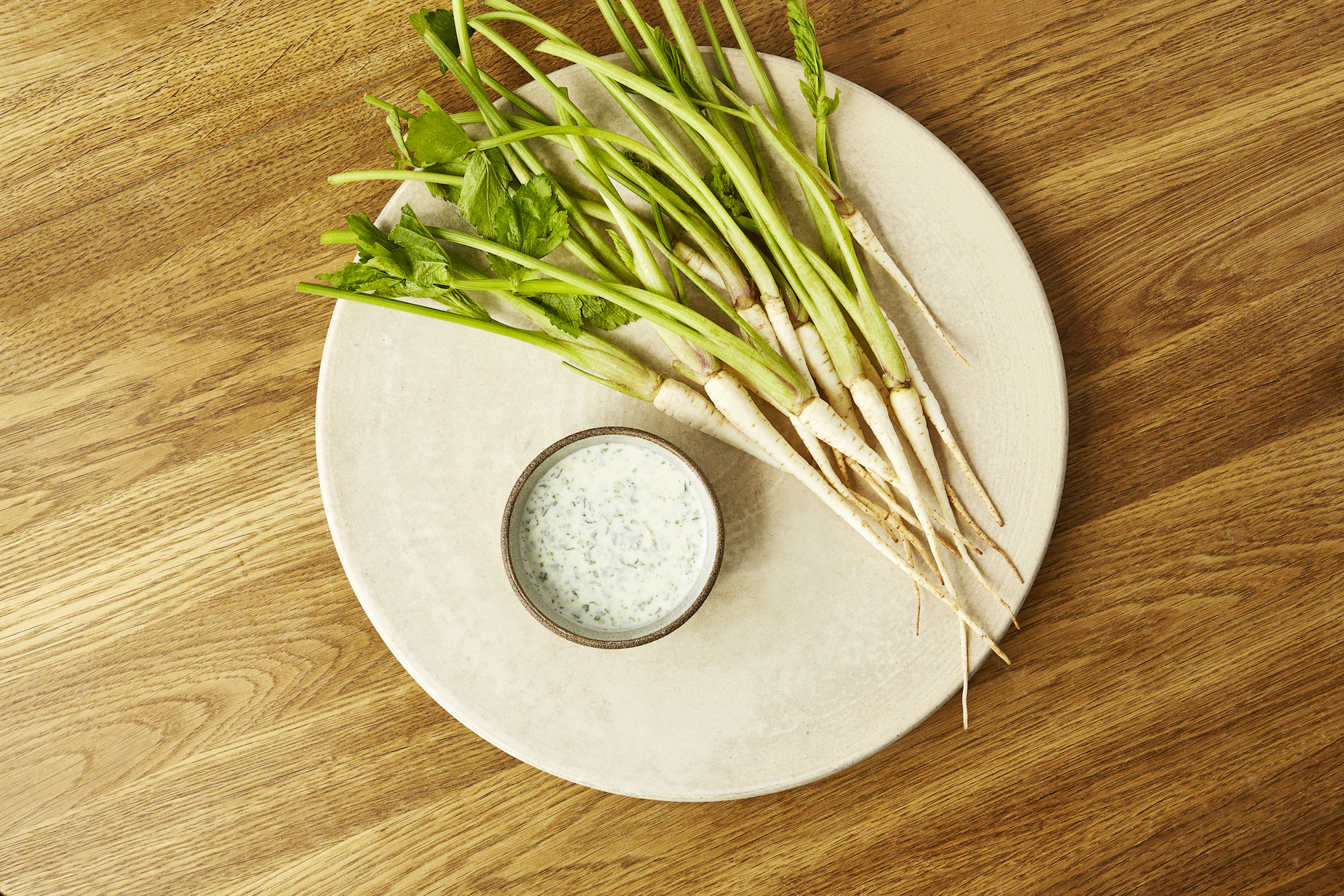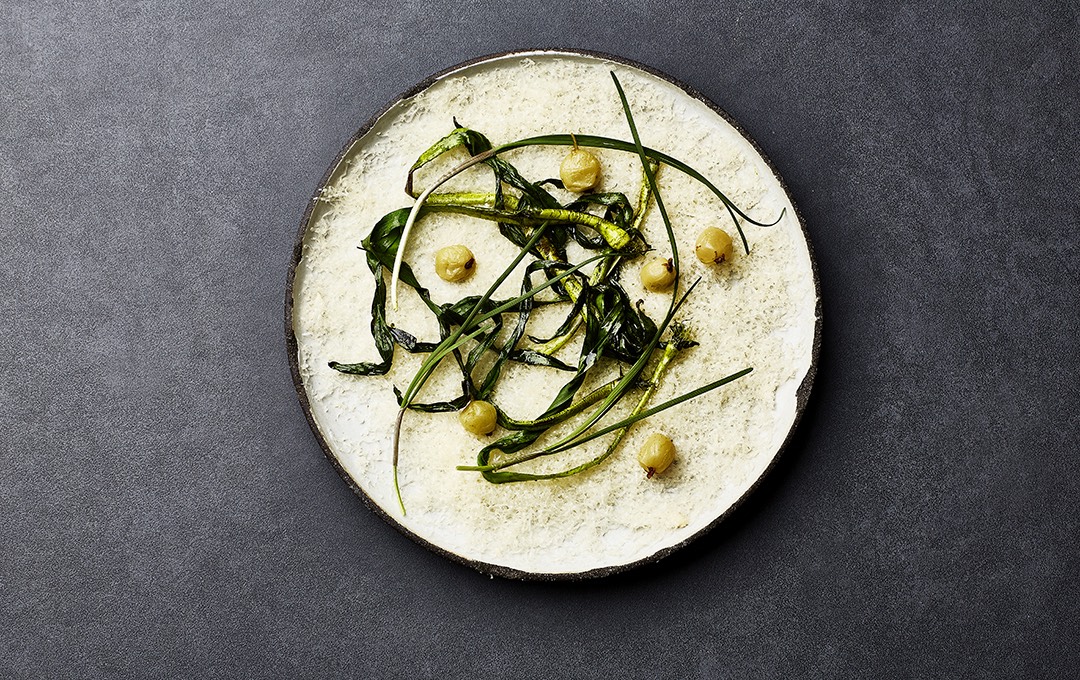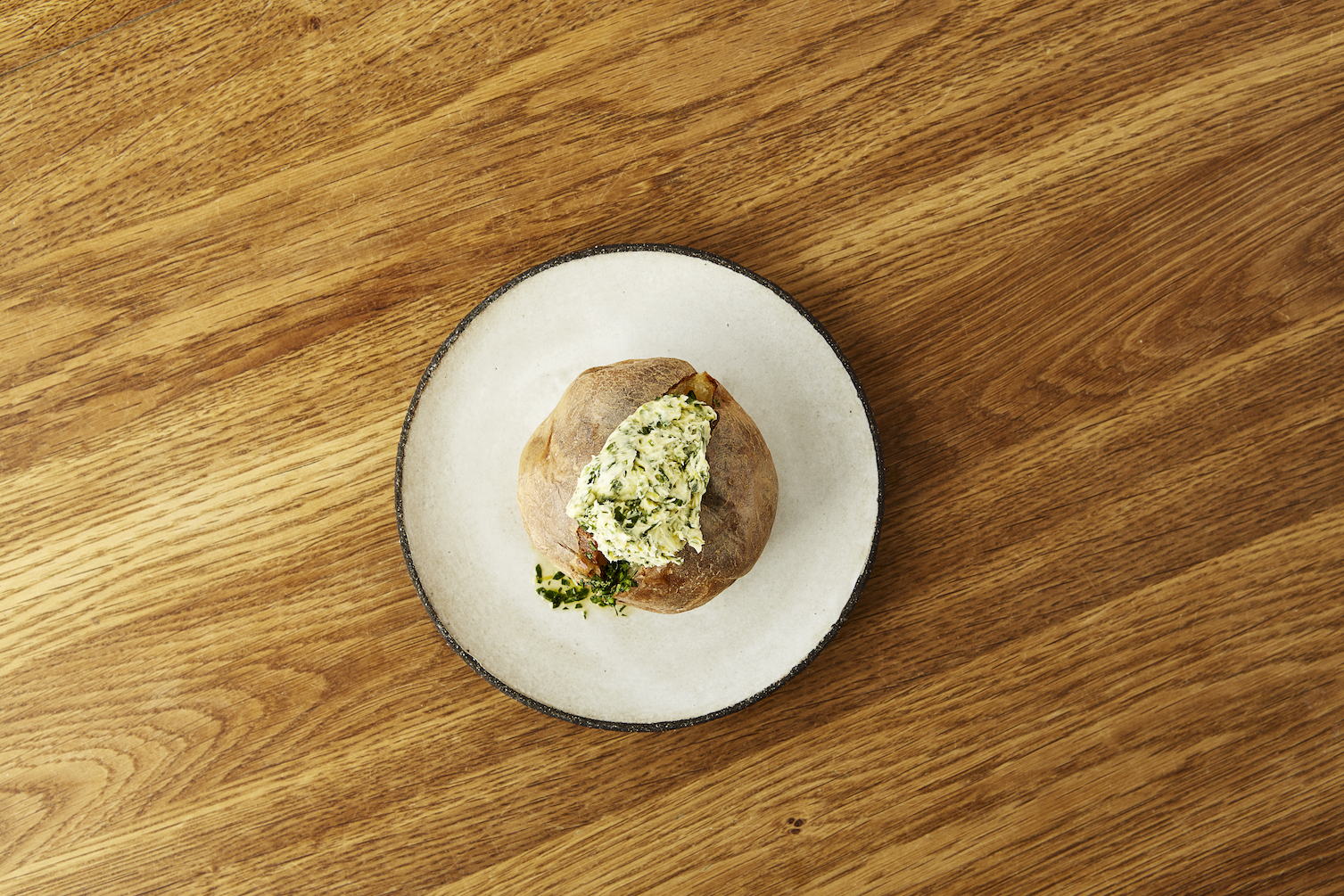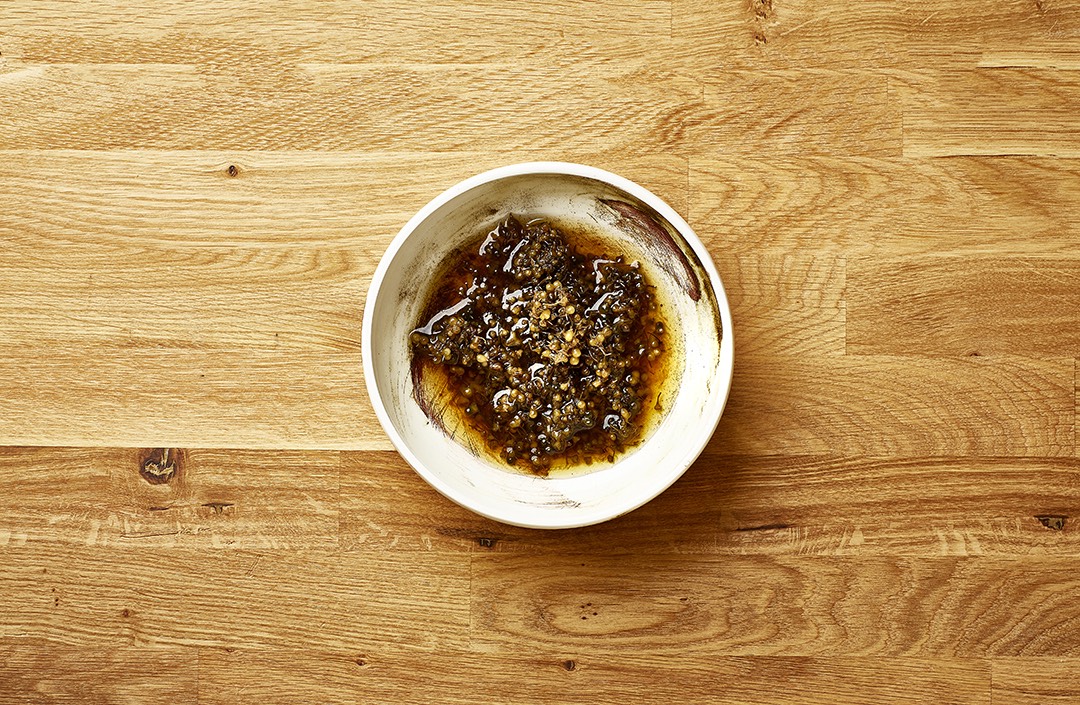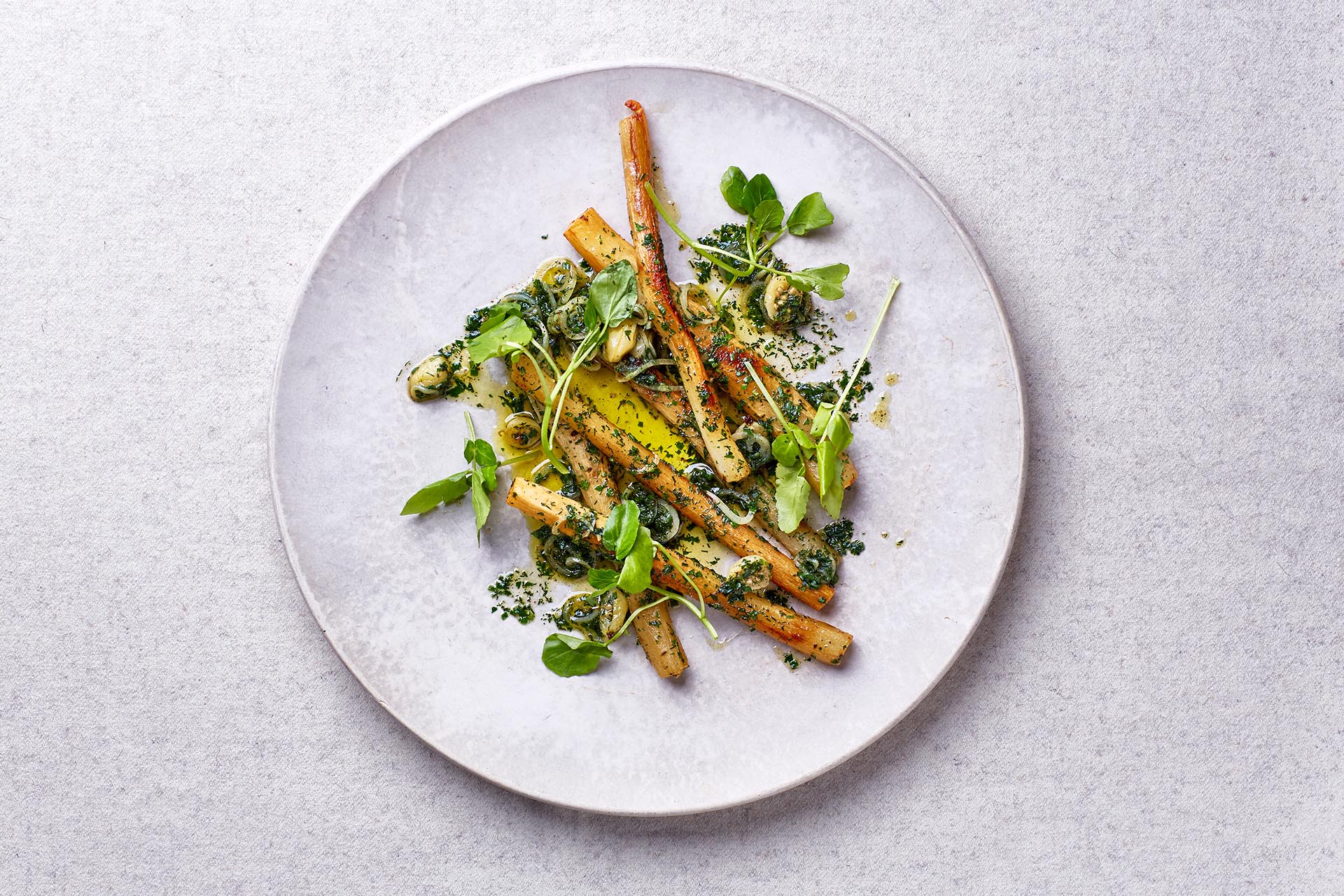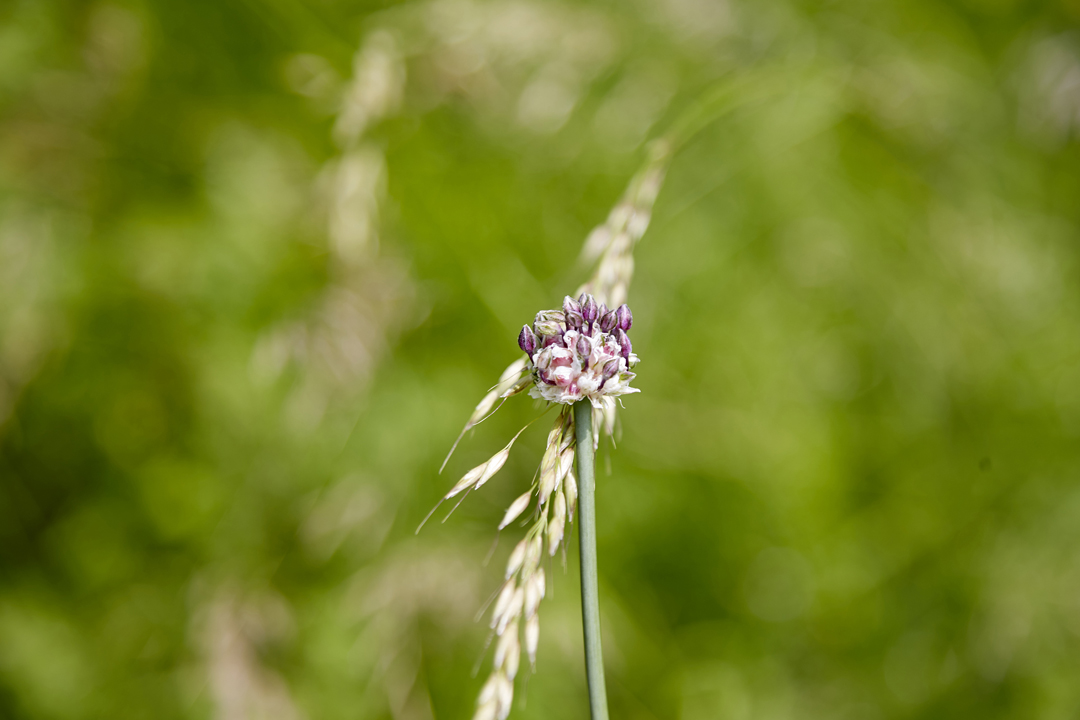
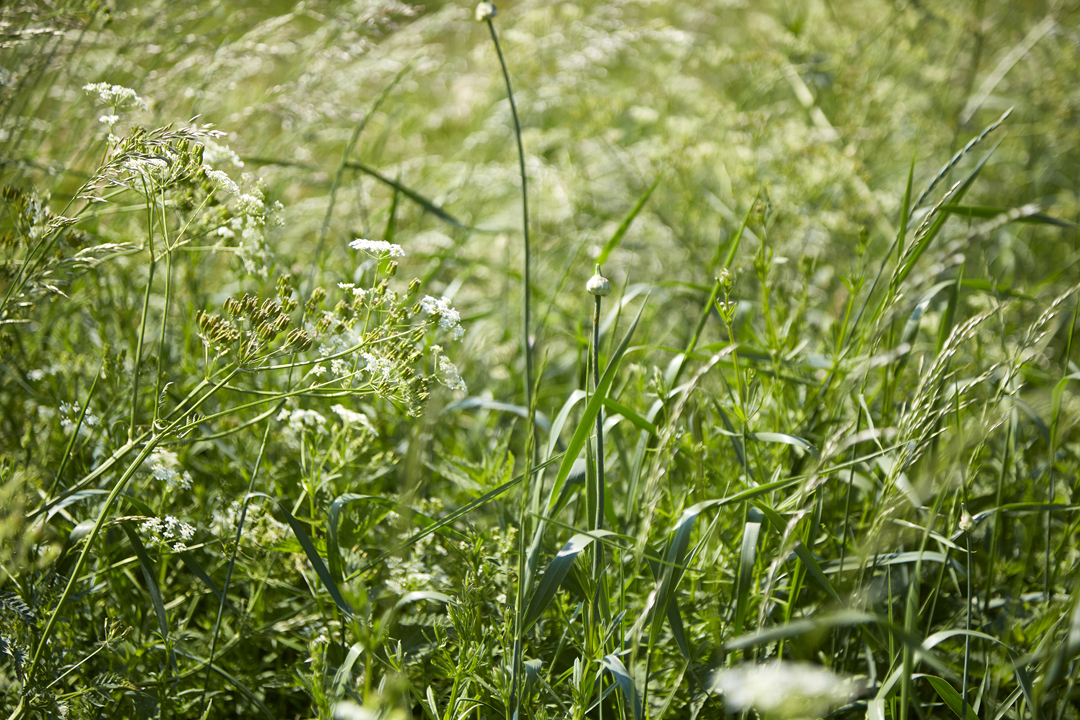
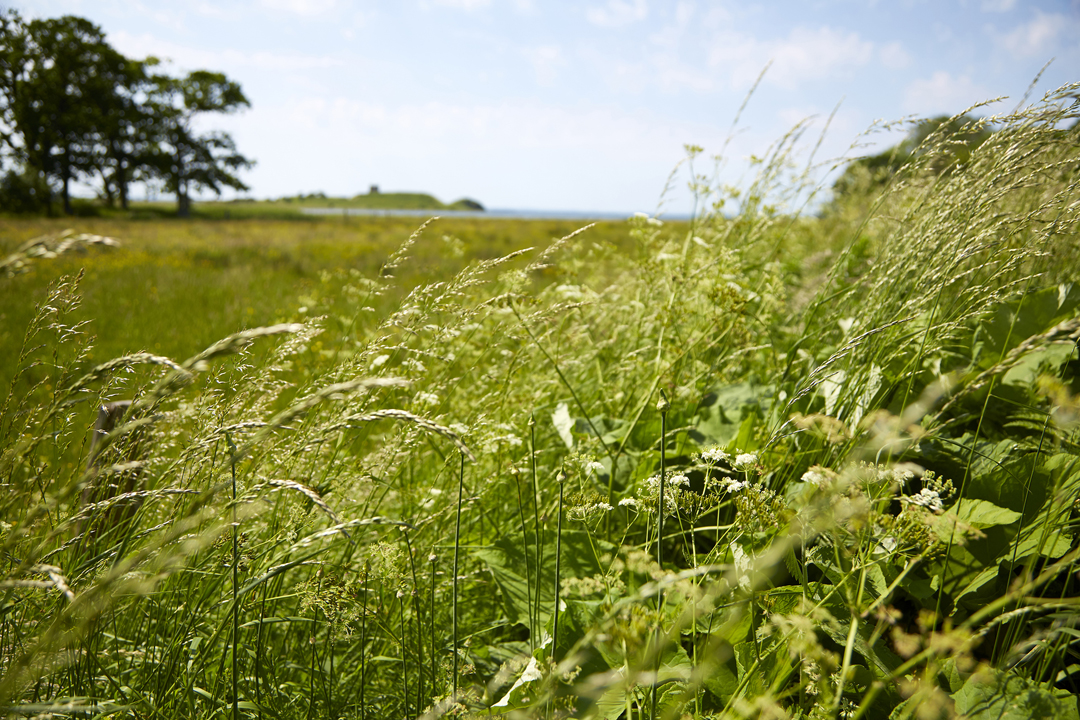
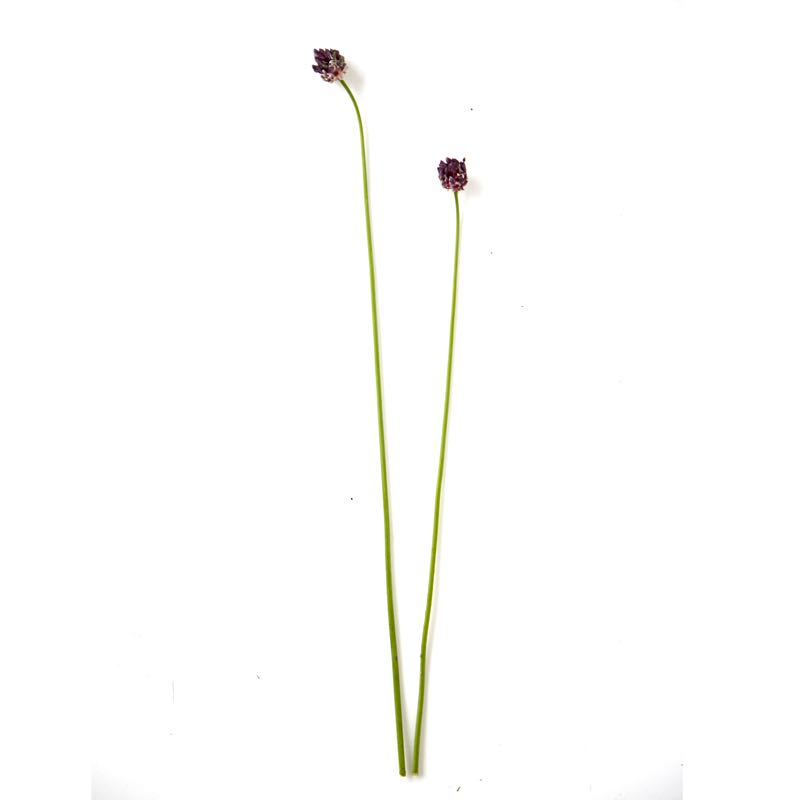
Sand onion
Sand onion is a tasty allium that resembles a small onion. It was once cultivated as vegetable in herb gardens all across Scandinavia and was the fall-back of choice when onion wasn’t available.
-
Where to Find It
Sand onion thrives in nutrient-rich, dry, or slightly moist soil all over Denmark, though it is rarer in northern and western Jutland. You'll generally find it in coastal areas in full sun. Look for it along roads and paths, at the edge of woods, in areas with tall, wild grasses, and where the beach and meadow merge. Over the course of the summer, you'll find large patches of it, where its purple flowers seem to float over the rest of the vegetation.
Salt marshes, coniferous forests, deciduous forests, towns, hedges, roadsides, grasslands.
-
When to Find It
You can pick sand onion from April until July; the flowers bloom in July and August. You'll find the bulbs from July until September.
The plant: April, May, June. -
How to Spot It
Sand onion is a bulbous plant that grows anywhere between 20 cm and 1 meter tall. Until it flowers in midsummer, it most closely resembles a very thin onion or a green onion with long, tapered leaves. When flowering, it develops a tall, strong stem that's topped with a spherical purple flower. The flower head is composed of 15-50 tiny bulbils mixed with flowers growing out from the plant. The flowers grow on small stems and almost seem to float up above the flower head.
-
How to Pick It
In early spring, you can gather the baby leaves by picking them carefully. Gather the plant later by cutting or clipping it off right above the ground. Try not to pull up the bulb with it—that will allow the plant to send out shoots again. You can clip or cut off the flowers and tiny bulbils, but scatter a couple of the little bulbils in the area so new sand onions will grow for next year. Dig up the bulbs at the end of the season.
Flowers/seeds/bulbs: July, August, September.
Risk of misidentifying the plant


